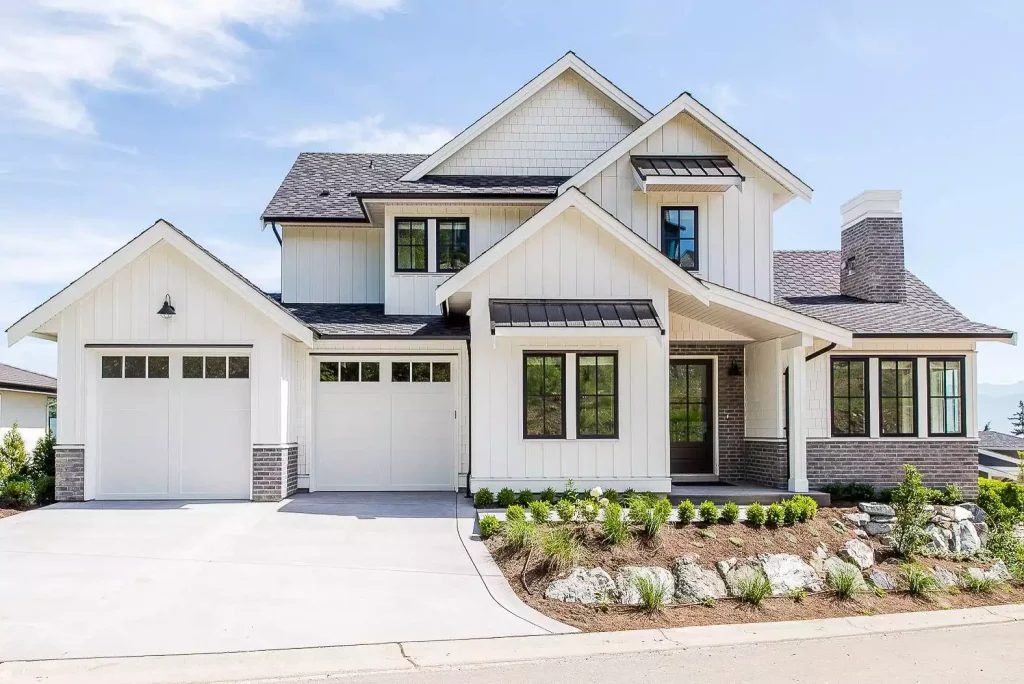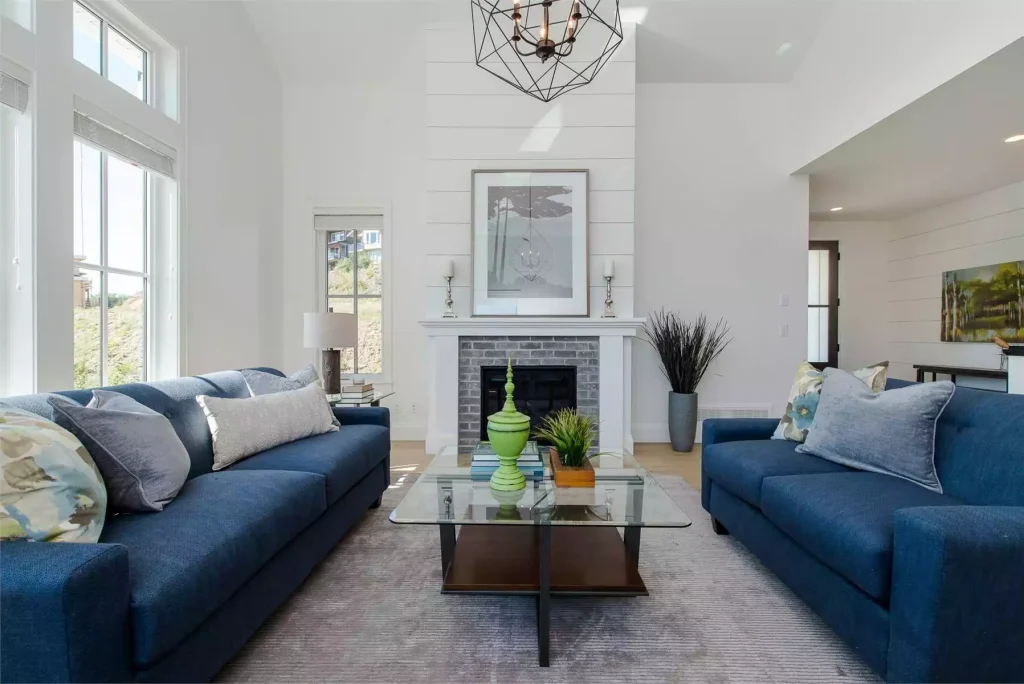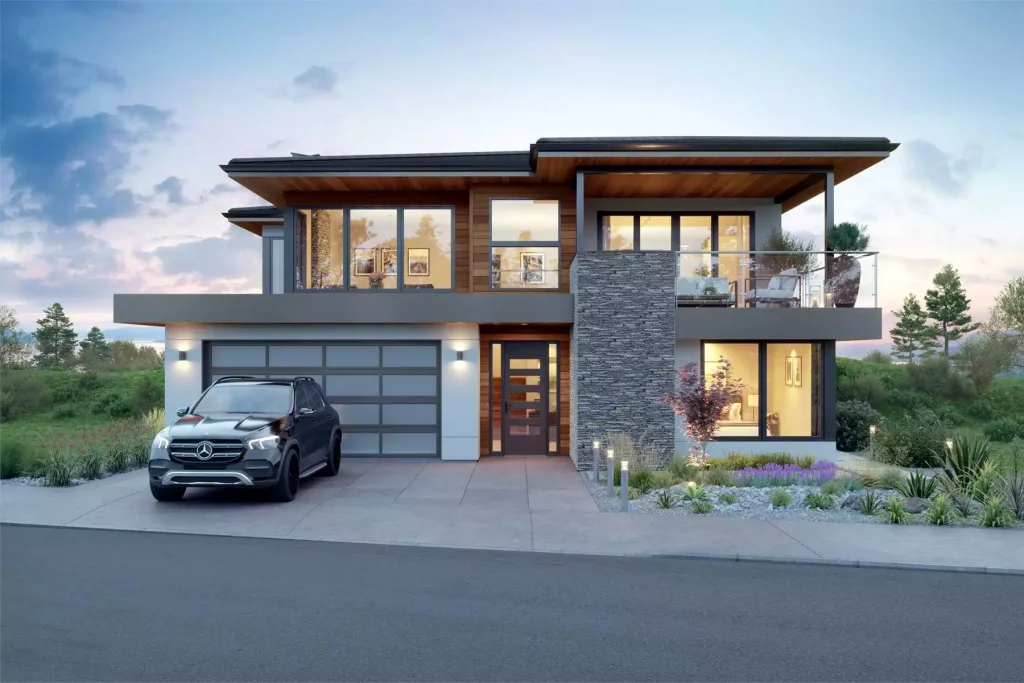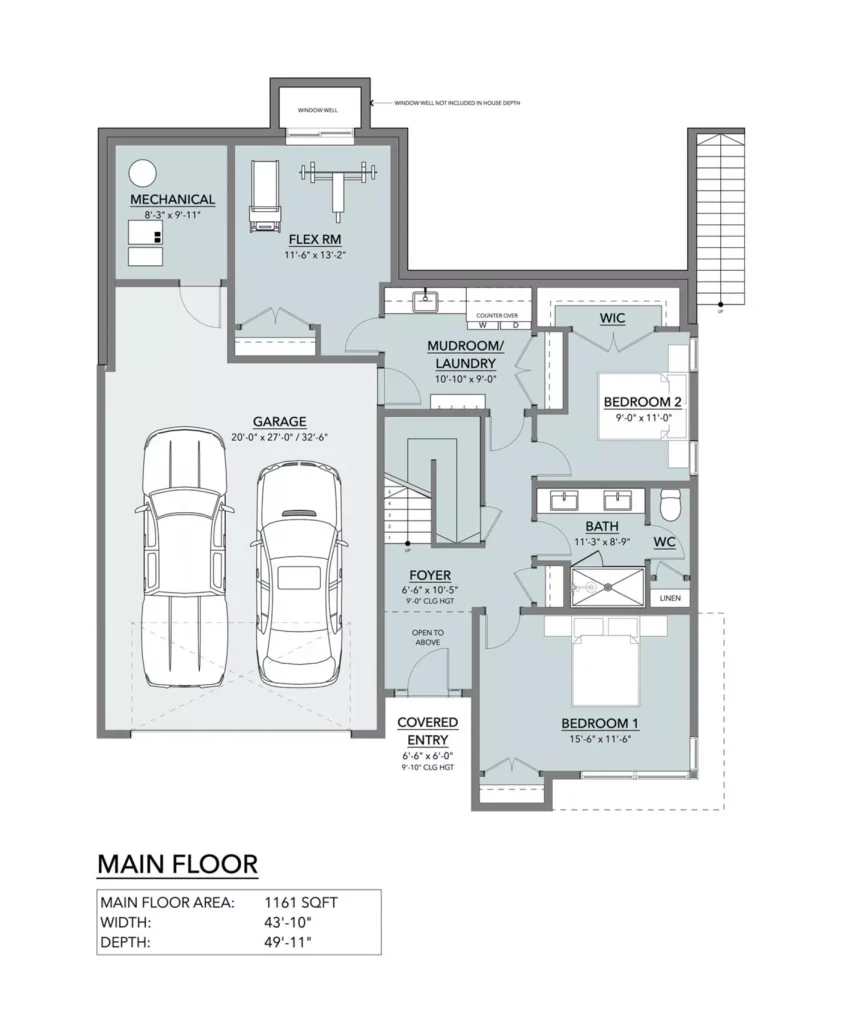
In the realm of home design, the choice between an open concept and a traditional floor plan can significantly impact the functionality and aesthetic appeal of a space. Each style offers its own set of advantages and disadvantages, catering to different preferences and lifestyles. In this post, we’ll delve into the pros and cons of both open concept and traditional floor plans to help you make an informed decision for your next home.


Open Concept Floor Plans: Pros:
- Enhanced Social Interaction: Open concept floor plans remove physical barriers between the kitchen, living, and dining areas, promoting seamless interaction and communication among family members and guests. Whether you’re cooking, dining, or lounging, everyone feels connected.
- Improved Natural Light: With fewer interior walls, natural light can flow freely throughout the space, creating a brighter and more inviting atmosphere. This can also contribute to energy savings by reducing the need for artificial lighting during the day.
- Flexibility in Furniture Arrangement: Open layouts provide greater flexibility when it comes to furniture placement and room configuration. Homeowners have the freedom to experiment with various arrangements to suit their changing needs and preferences.
- Sense of Spaciousness: By eliminating walls and partitions, open concept floor plans create a sense of expansiveness, making small or medium-sized homes feel larger and more airy.
Cons:
- Lack of Privacy: While open layouts foster socialization, they may also compromise privacy, especially in homes with limited square footage. Noise and distractions from one area of the house can easily permeate into others, making it challenging to find solitude when needed.
- Limited Wall Space: Open concept designs offer fewer opportunities for wall space, which can pose challenges for homeowners who prefer to display artwork, shelving, or other decorative elements.
- Cooking Odors and Noise: In open concept kitchens, cooking smells and noises can easily spread throughout the living spaces, potentially disrupting activities or conversations in adjacent areas.
- Difficulty in Temperature Control: Heating and cooling an open concept home can be more challenging compared to traditional floor plans, as air circulation may not be as efficient, leading to uneven temperatures in different areas.
Traditional Floor Plans: Pros:
- Defined Spaces: Traditional floor plans feature distinct rooms separated by walls, providing clearly defined spaces for different activities and purposes. This can enhance privacy and reduce distractions, especially in multi-generational households.
- Noise Isolation: With walls to buffer sound, traditional floor plans offer better noise isolation between rooms, allowing for quieter and more peaceful environments, ideal for activities such as working from home or studying.
- Ample Wall Space: Unlike open layouts, traditional floor plans offer plenty of wall space for artwork, furniture placement, and storage solutions, allowing homeowners to express their personal style and preferences.
- Easier Temperature Control: With separate rooms, it’s easier to control the temperature in each space individually, ensuring optimal comfort throughout the home.
Cons:
- Limited Natural Light: Traditional floor plans with numerous interior walls may inhibit the flow of natural light, resulting in darker and less inviting interiors. This could necessitate the use of more artificial lighting during the day.
- Reduced Social Interaction: The compartmentalized nature of traditional floor plans may hinder social interaction and communication, as family members and guests may feel more segregated and less inclined to gather in common areas.
- Less Flexibility in Layout: Unlike open concept designs, traditional floor plans offer less flexibility in terms of room configuration and furniture arrangement, as walls dictate the layout of each space.
- Smaller Feel: In smaller homes or rooms, traditional floor plans may exacerbate feelings of confinement and claustrophobia, as the division of space can make areas appear smaller and more confined.
Both open concept and traditional floor plans have their own set of advantages and disadvantages, and the decision ultimately boils down to personal preferences, lifestyle considerations, and the specific needs of the homeowner. Whether you prioritize social interaction and flexibility or value privacy and defined spaces, there’s a floor plan style to suit every taste and lifestyle. Reach out to one of our expert Home Plan Advisors and begin your building journey today!
- What Homebuyers Want in 2026: Trends, Features & Floor Plans Leading the Way - November 29, 2025
- Small Changes That Make a Big Impact in Your New Home Build - November 18, 2025
- Top Ranch & Craftsman House Plans for Modern Living - October 31, 2025







